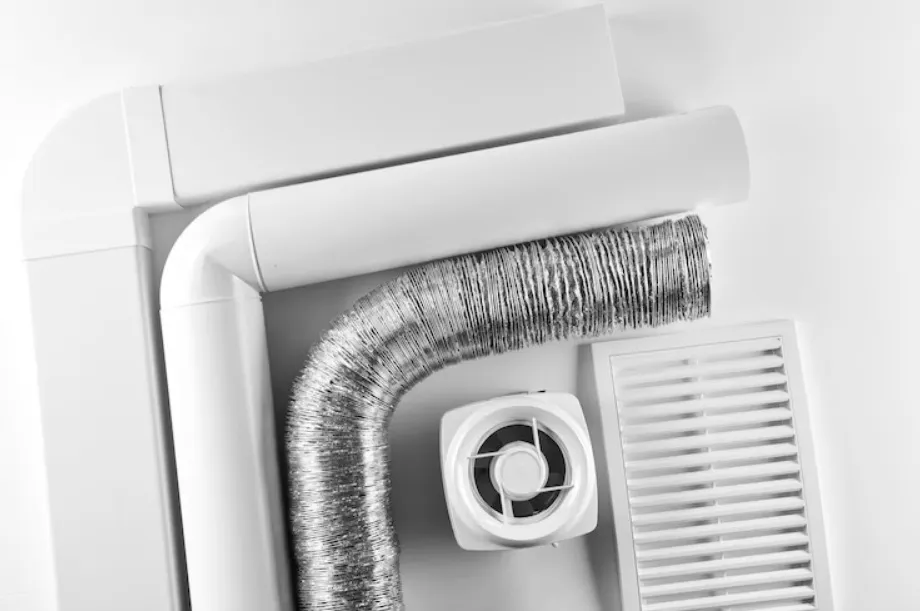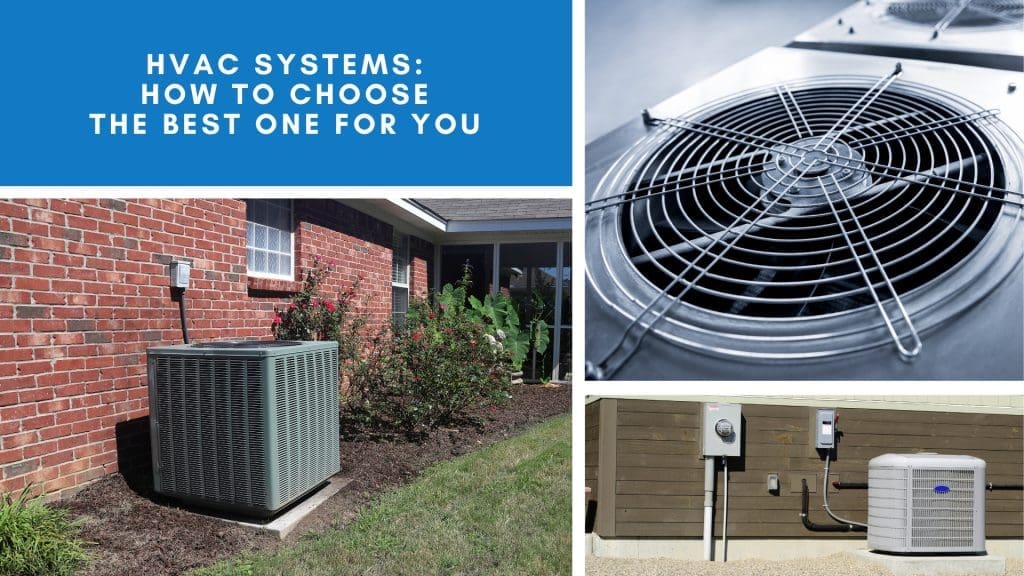Have you ever noticed an unpleasant dead animal smell wafting through your home, only to discover that it seems to be coming from the air vents? This situation can be both disturbing and challenging to address. As unsettling as it sounds, this is a common issue many homeowners face, especially those living in areas with a high population of rodents or small wildlife. The culprit is often a dead animal that has found its way into your ductwork, which can result in more than just an offensive odor. In this article, we’ll explore the reasons behind this problem, how to identify the source, and the steps you can take to resolve it, all while emphasizing the importance of professional intervention.

Understanding the Problem
The smell of a dead animal in your air vents is more than just a nuisance; it can also pose significant health risks to you and your family. The decomposition process releases harmful bacteria and can attract other pests, compounding the problem and potentially leading to a full-blown infestation. These bacteria can become airborne, increasing the risk of respiratory issues for those living in the affected environment. Identifying the presence of a dead animal in your ductwork early can prevent these issues from escalating, safeguarding both your health and your home’s integrity.
Moreover, the presence of a decomposing animal can cause secondary problems such as damage to your HVAC system. The moisture from decomposition can lead to rust and corrosion, which can be costly to repair if not addressed promptly. Additionally, the foul odor can permeate soft furnishings and carpets, making it difficult to eliminate the smell completely without professional cleaning services. Thus, understanding the full scope of the issue is crucial for addressing it effectively.
How Do Animals Get Into Ductwork?
Animals, particularly rodents like mice, are known for their ability to squeeze through tiny openings. Cracks, holes, or even unsecured vent covers can serve as entry points for these persistent creatures. Once inside, they may find themselves trapped and unable to escape, leading to their unfortunate demise within your HVAC system. It’s not just rodents; small birds, bats, and even insects can find their way into these spaces, each presenting their own set of challenges.
This issue often arises during colder months when animals seek warmth and shelter, making your ductwork an inviting refuge. Unfortunately, once inside, these animals may cause damage as they attempt to find their way out, chewing on wires or insulation and exacerbating potential safety hazards. Awareness of these entry points and understanding animal behavior can help in preventing these incidents in the first place.
Signs of a Dead Animal in Your Vents
- Persistent Odor: A strong, foul smell is the most noticeable sign. It will be particularly concentrated around certain vents or in specific rooms, often becoming more intense over time as decomposition progresses. This odor is unmistakable and often described as a mix of sulfur and rotten eggs, permeating throughout the affected areas of your home.
- Unusual Noises: Scratching or scurrying sounds coming from the ducts can indicate live animals, which may eventually become trapped. These noises can be sporadic or continuous, often occurring at night when the house is quiet, making them more noticeable and disturbing.
- Increased Pest Activity: A sudden increase in flies or other pests around your home may suggest the presence of a decomposing animal. These insects are attracted to the site of decomposition, and their presence can be a strong indicator of a hidden problem within your ductwork.
How to Locate the Dead Animal
Finding the exact location of the dead animal can be challenging, requiring a combination of detective work and sometimes professional intervention. Here are some steps you can take to narrow down the location:
Visual Inspection
Begin by visually inspecting the accessible parts of your HVAC system. Check for signs of entry, such as chewed wires or insulation, and look for any visible remains. Inspecting the exterior of your home for any potential entry points, such as gaps in the foundation or around vent covers, can provide clues as to how the animal entered in the first place.
While conducting a visual inspection, take note of any areas where the ductwork appears damaged or out of place, as this could be a sign of an animal’s presence. However, be cautious during your inspection, as disturbing the ductwork without proper knowledge can cause further issues or even result in injury.
Sniff Test
Although unpleasant, following the scent’s trail can help pinpoint the source. Pay attention to which vents the smell is strongest in, as this can guide you to the affected area. It’s important to note that the smell may not always lead you directly to the animal, as air circulation can distribute the odor unevenly throughout your home.
Using a systematic approach, check each room and vent, and make note of where the smell is most concentrated. This will help you or a professional to narrow down the search area. Remember that the smell might not always be consistent and can vary depending on air flow and temperature changes.
Professional Assistance
For a thorough inspection and removal, it’s best to contact a professional HVAC technician. They have the tools and expertise to safely locate and remove the dead animal, ensuring no damage is done to your ductwork. Professionals can use specialized equipment, such as cameras and infrared detectors, to locate the exact position of the animal without invasive measures.
In addition to removal, professionals can provide valuable insight into how the animal gained access to your ductwork and offer solutions to prevent future occurrences. This preventive approach can save you from repeated issues and further damage to your HVAC system.
Removing the Dead Animal
Once located, the animal needs to be removed as promptly and safely as possible. This step is crucial to restoring the air quality in your home and preventing further complications. Here’s why enlisting professional help is crucial:
Safety and Health Concerns
Dead animals harbor bacteria and other pathogens that can pose health risks. A professional can safely handle and dispose of the remains while minimizing exposure to harmful substances. They use protective gear and follow strict safety protocols to ensure that the removal process does not pose additional health risks to your household.
In addition, professionals are trained to deal with the psychological and emotional aspects of handling such situations, making them better equipped to manage the task efficiently. By relying on their expertise, you can avoid the potential hazards of attempting to remove the animal yourself, which could lead to contamination or injury.
Preventing Further Damage
Attempting to remove the animal yourself could result in damage to your ductwork or HVAC system. Professionals have the experience to conduct the removal without causing harm to your home’s infrastructure. They understand the intricacies of HVAC systems and can ensure that the removal process does not disrupt the system’s functionality.
Furthermore, professionals can assess the condition of your ductwork during the removal process, identifying any areas that may need repair or reinforcement. This proactive approach can prevent future issues and extend the life of your HVAC system, ultimately saving you money on repairs and replacements.
Eliminating the Odor
After removal, the lingering odor must be dealt with. Professionals can use specialized cleaning agents and techniques to sanitize and deodorize the affected areas, restoring your home to a fresh and healthy state. They may also provide air quality testing to ensure that all contaminants have been effectively removed from your home.
Beyond immediate odor elimination, professionals can offer advice on maintaining air quality, such as recommending air purifiers or regular duct cleaning. These additional measures can enhance your home’s overall environment and provide peace of mind that the issue has been thoroughly addressed.
Preventing Future Incidents
Preventing animals from entering your ductwork in the first place is key to avoiding this problem in the future. Taking proactive steps to secure your home can save you from the hassle and expense of dealing with dead animals in your vents. Here are some preventive measures to consider:
Seal Entry Points
Inspect your home for potential entry points and seal them properly. This includes gaps in walls, foundations, and around vent covers. Use durable materials like steel wool or metal mesh to cover these openings, as animals can easily chew through softer materials.
Regularly check the exterior of your home for signs of wear and tear, especially after severe weather events, as these can create new entry points for animals. By maintaining a secure perimeter around your home, you can significantly reduce the risk of animals entering your ductwork.
Regular Maintenance
Schedule regular maintenance for your HVAC system. This not only helps with efficiency but also ensures any issues like loose vent covers or damaged ducts are addressed promptly. Regular inspections by HVAC professionals can catch potential problems before they become serious issues, saving you time and money in the long run.

In addition to professional maintenance, consider adopting a routine of checking your vents and ductwork for signs of animal activity, such as droppings or nesting materials. This proactive approach can help you catch potential problems early and prevent them from escalating.
Use Deterrents
Consider using natural deterrents, such as peppermint oil or ultrasonic pest repellers, to discourage animals from approaching your home. These deterrents can be placed strategically around the exterior of your home, especially near known entry points.
For those living in areas with high wildlife activity, more robust deterrents may be necessary, such as installing metal barriers or electric fences. Combining multiple deterrent strategies can provide a comprehensive defense against animal intrusions.
When to Call a Professional
While some homeowners may attempt to handle the situation themselves, calling in a professional is often the best course of action. Their expertise can save you time, stress, and potential health risks. Here’s when you should definitely seek professional help:
- Uncertain of the Source: If you’re unsure about the source of the smell, a professional can accurately identify and address the issue. Their experience allows them to quickly pinpoint the problem, even in complex systems.
- Health Concerns: If the odor is causing health problems or attracting pests, immediate professional intervention is advised. Professionals can address both the odor and any associated health risks, ensuring your home remains a safe environment.
- Complex Ductwork: If your HVAC system has complex ductwork or hard-to-reach areas, professionals have the tools and expertise needed. They can navigate intricate systems with ease, providing a comprehensive solution to your problem.

Conclusion: What to Do About That Dead Animal Smell in Your Vents
Dealing with a dead animal smell coming from your air vents is an unpleasant experience, but it’s one that can be effectively managed with the right approach. By understanding the signs, taking preventive measures, and knowing when to call a professional, you can ensure your home remains a clean and healthy environment. It’s essential to address the problem promptly to prevent further complications and maintain the air quality in your home.
If you find yourself facing this issue, remember that LC Heating and Air Conditioning is here to help. With our experience and dedication to customer satisfaction, we’re committed to providing the quality service you deserve. Don’t hesitate to reach out for professional assistance and put this unpleasant problem behind you. Our team is ready to restore comfort and safety to your home, ensuring peace of mind for you and your family.


